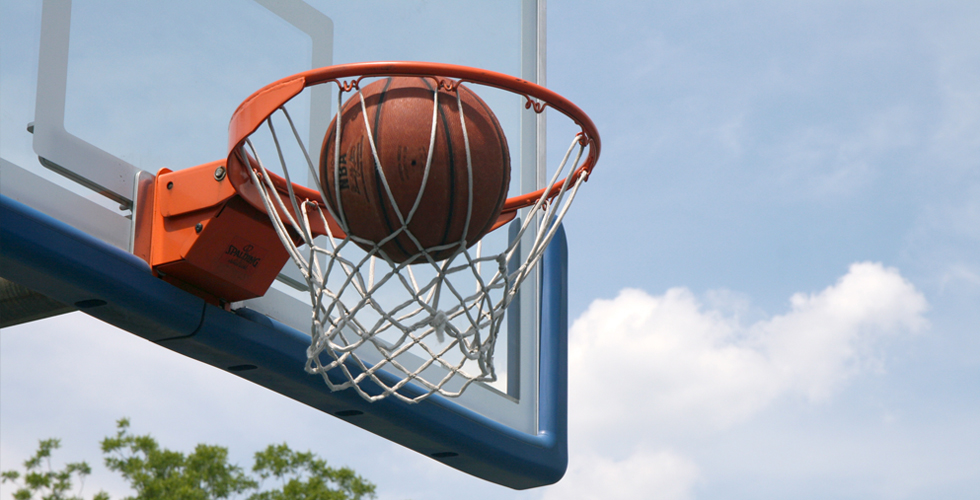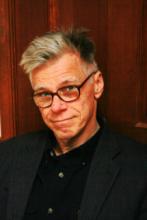Analyzing Effects Of Hoops Ball Hog

(Inside Science) -- Fans will have noticed that when a basketball team's best player sits out for a while the team will sometimes actually do better than when the star is playing. Concepts from the mathematical science called game theory help to explain why this is.
Related: Shooting Angle Has A Big Effect On The Chances Of Scoring
Game theory seeks to show how complex networks operate -- things such as automobiles in a crowded highway, ants in a pile, or bacteria in a colony. For the problem of traffic, if all cars on a road cooperate by moving smoothly -- and not cutting each other off -- the flow will be maintained even if the density of cars is high. However, as soon as a few drivers aggressively try to move through the formation of cars the whole formation can slow down dramatically, resulting in a traffic jam.
Brian Skinner, a research fellow at the University of Minnesota, has shown how to extend this reasoning into an analysis of basketball. Modeling each play as a pathway, he has analyzed the process by which a team moves the ball down to the opponent's basket and tries to score. Surprisingly, you get the best results -- and the highest score -- if you share the ball more than seems reasonable. Running your offense in the most efficient way, said Skinner, isn't the same as taking the highest-percentage shot each time down the court.
When a particular star player is used more often than other players his efficiency begins to decline. This is because the defense begins to focus more intently on that player, thereby making it harder for him to score. Sharing the ball, even to the extent of letting the less talented players shoot, is equivalent to spreading traffic over multiple roads instead of cramming all the cars onto any one road. It prevents the roads from getting congested, which results in everyone getting a better commute on average.
In sports an important factor is keeping the defense honest. Consequently it is important to spread out your offense over multiple options. In baseball, to take another sports analogy, pitchers will not always throw their best pitch all the time; even at the risk of giving batters an increased chance of getting a hit at any moment, the pitcher feels it is better to keep the batter guessing as to the nature of the next pitch. Similarly, in football, passing the ball results in a higher average yardage gain than running the ball, yet most teams will combine the two offensive methods in an effort to maximize scoring.
Skinner argues that in basketball it pays to let some of the lower percentage shooters on the team have a chance rather than always letting the star player drive the offense. What Skinner is proposing is a way to formalize the reasoning of keeping the defense honest, and to calculate the optimal level of mixing up your plays.
Skinner suggests that ball-hogging can be detrimental to a team's success. He uses the phrase the price of anarchy, which in game theory is the name for the action by which an individual -- perhaps a selfish driver or a star basketball shooter -- will disrupt an otherwise successful play strategy.
How about defense? In his model Skinner assumes that a defense always focuses on a given player when that player gets increased use. In reality, the defense has the right to choose how much to focus on any given player, and Skinner plans to take more defensive strategies into account.

